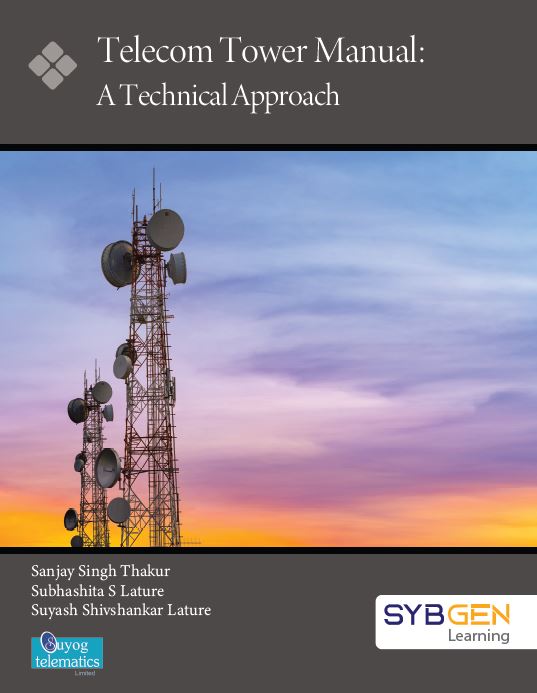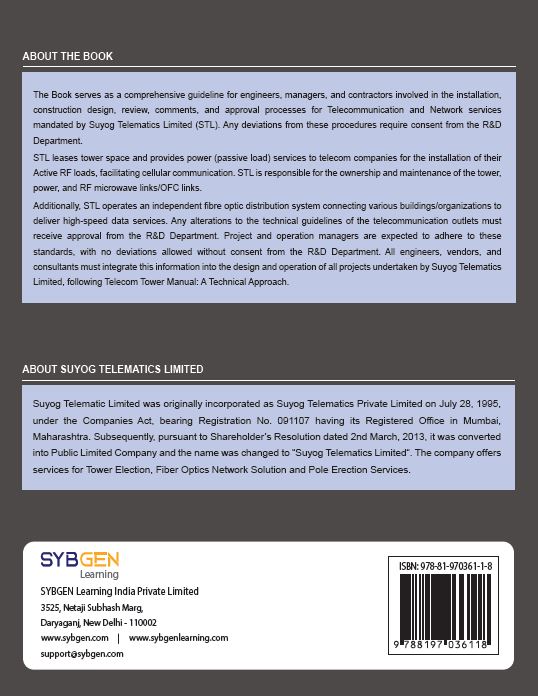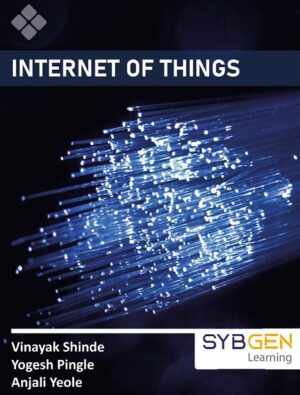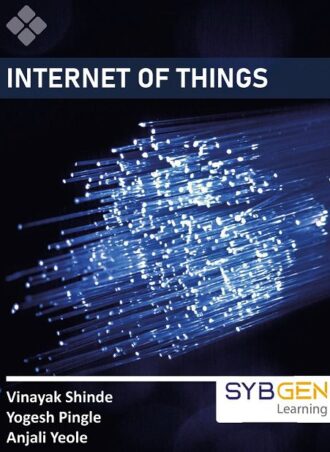Description
This Book is a guide to all Engineers, Managers, Technicians and Contractors pertaining to the installation, construction design, review, comments, and approval procedures for Telecommunication and Network services as required by the IP-1 companies (such as Suyog Telematics Limited – STL), based on the Telecom Operators’ need. Deviations will not be allowed without the consent of the R&D/ Project/ O&M Department.
IP-1 Company leases a Tower and Power (Passive Load) service to one or more Telecom Operators to erect their Active RF loads to establish Cellular Communication. Suyog Telematics Limited as IP-1 registered company owns and maintains the tower and power infrastructure with RF microwave links/ OFC link.
The Project and Operation Manager shall abide by these standards and allow no deviations without the consent of the R&D Department. All Engineers/ Vendors/ consultants shall incorporate this information into the design/ operation for all the infrastructure projects as per the Telecom Tower Manual- A Technical Approach.
The manual consists of 3 parts:
Part-1, “Power”
This part includes,
Site Description, SMPS (Switch-Mode Power Supply), Controller Used In SMPS, Typical Tools And Meters, Ingress Protection, Connection and selection of Cooling Fan And Timer, Energy Meter, Protective Devices, Inverter, Stabilizers, Clamp Meter / Digital Multimeter, Preventive Maintenance, Check List for site maintenance, Action Plan For Technician During Site Visit, Action Plan For Technicians, Site Report Card, Power Measurement And Calculation, Electrical Safety Provisions, and Quality Check Report.
Part-2, “Tower Infrastructure”
This part includes,
Cell Sites and Cell Towers in A Mobile Cellular Network, A Mobile Network Consists of Large Number Of Cells, Cell Sites Are Not Cell Phone Towers, The Cellular Network, Classification of Towers, Types of Cell Towers, Wireless Site Survey, Factors That Impact Tower Design, Different Types Of Towers, Foundation, Soil Testing, Foundation Materials, Layout Drawing Of Steel Structure Of Towers, Design Load Parameters (Dead, Active, Wind, Earthquake), Foundation Testing (NDT, Semi- Destructive / Destructive), Tower Maintenance & Inspection, Frequency bands for Cellular System.
Part-3,
Global System for Mobile Communication (GSM) [Concept of Cellular Communication]
This part includes,
Overview, Frequency Reuse, Handoff in Cellular Telecommunications, The Evolution of Mobile Telephone Systems, GSM, The GSM Network, GSM Network Areas, GSM Specifications, GSM Subscriber Services, GSM Mobile identifiers, GSM Operation, GSM-Protocol Stack, GSM – Security and Encryption, GSM – Billing, What is the difference between GSM, 2G, 3G, 4G & 5G, the arrival of 4G, Main difference between 4G & 5G, Difference between GSM and LTE , Difference between LTE and VoLTE , Spectrum and Band , and Effects of Cellular phone in Human.
This Technical-Manual specifies minimum requirements for telecommunication tower foundation / erection, wiring, Power system installation and maintaining the same without any outage with multiple options of back-up.
This Technical Manual provides information about Planning, Installation and Maintenance of Cellular cites to deliver unbroken wireless connectivity. This manual would be very useful for all those people involved in the Cellular Mobile Communication, be it Technicians or Engineers. Certain topics, like Optical fibre installations, detailed design aspect and deep calculations needed for cellular mobile communication, are beyond the scope of this book.














